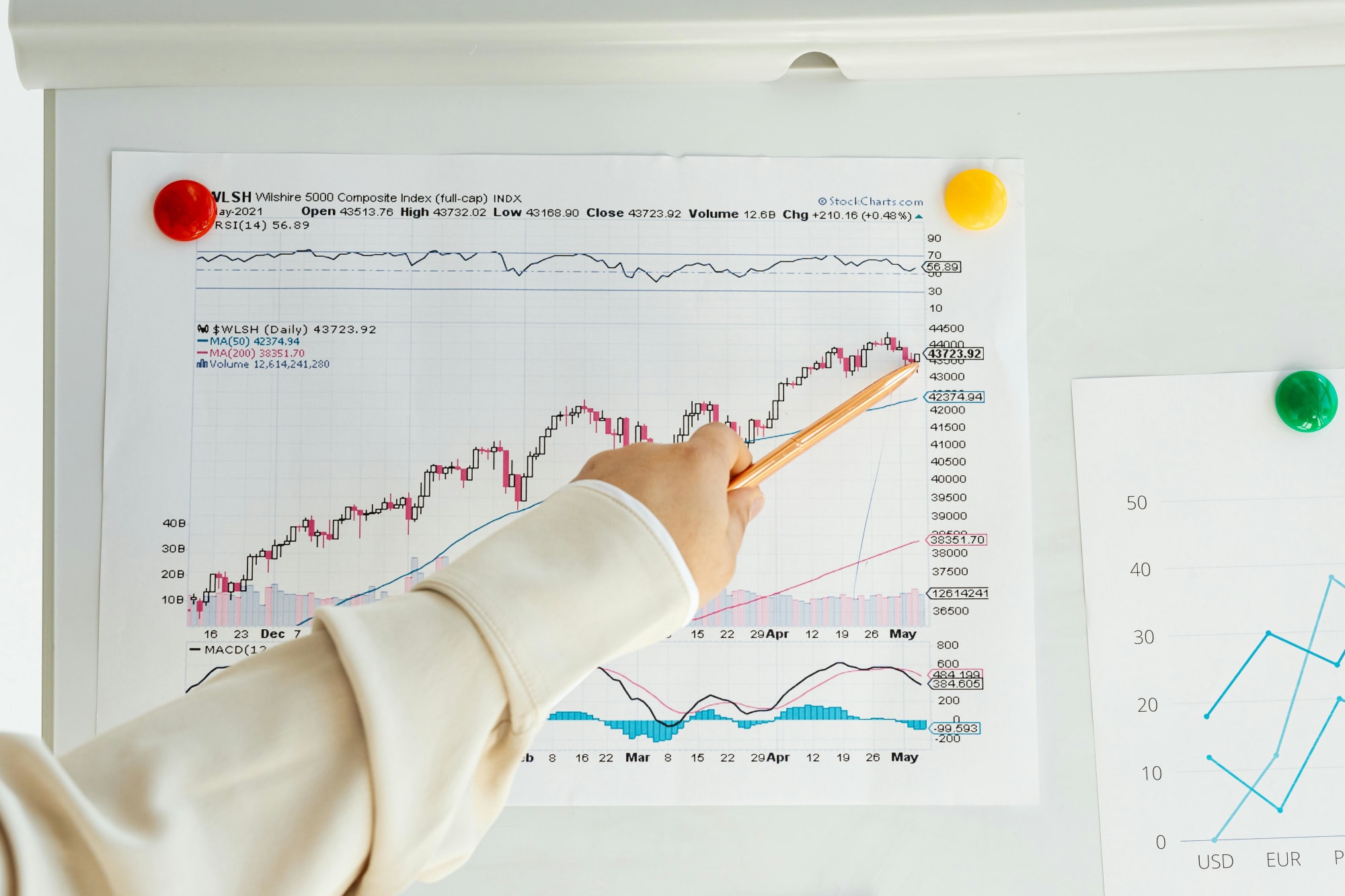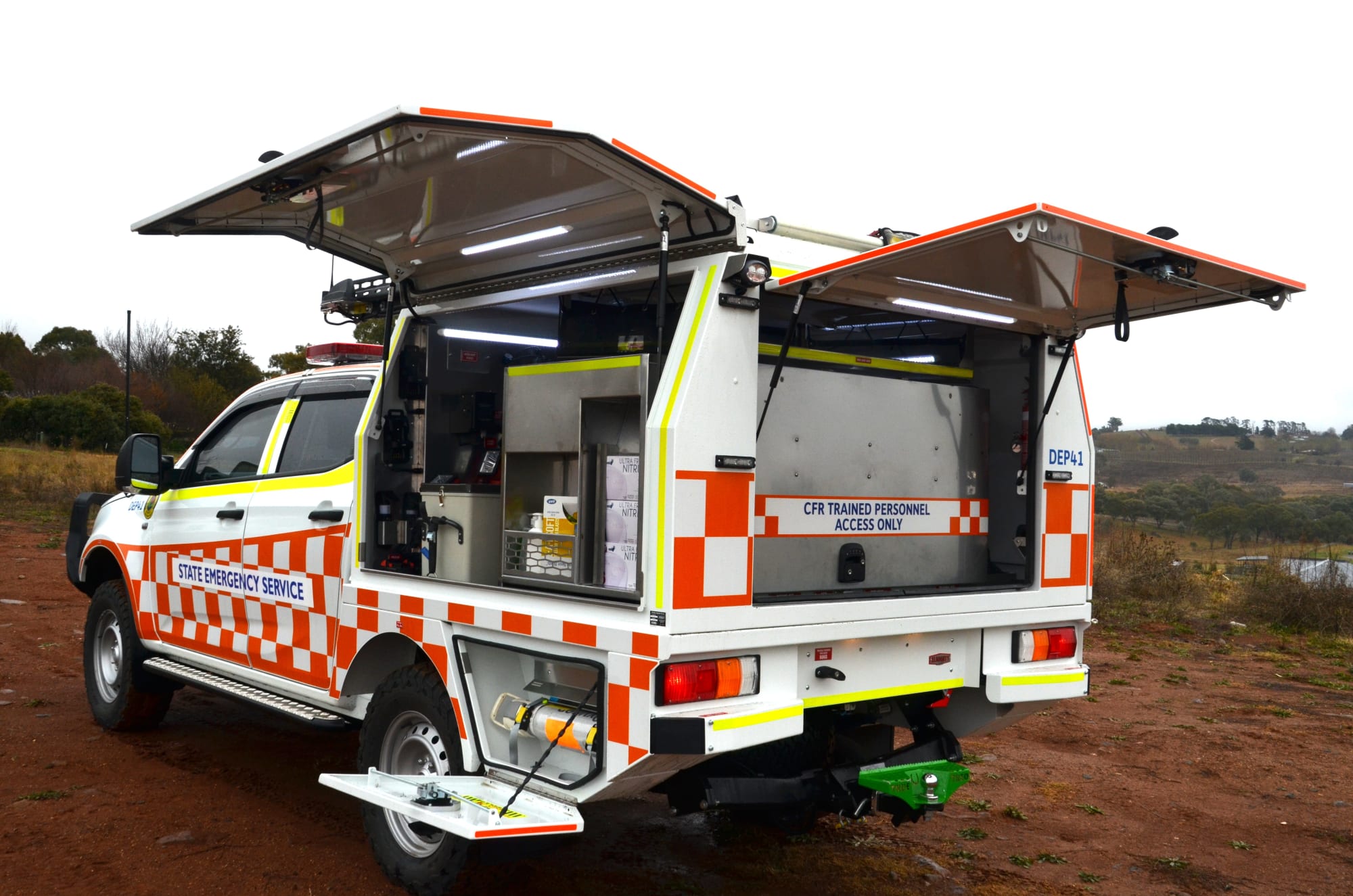Invest
How fixing the ‘broken’ childcare system would lift the economy by $5bn
Big businesses want the treasurer to use next month's budget to fix the broken childcare system and paid parental leave system, an industry expert has revealed.
How fixing the ‘broken’ childcare system would lift the economy by $5bn
Big businesses want the treasurer to use next month's budget to fix the broken childcare system and paid parental leave system, an industry expert has revealed.

The Business Council of Australia said that the COVID-19-induced border closures has left population growth at its slowest rate since World War I with it now being critical to lift female participation and homegrown talent.
“A women’s budget is not just about fixing the cultural problems we’ve seen writ large across society, it’s also an economic imperative,” Business Council of Australia CEO Jennifer Westacott said.
She said the Productivity Commission found that more than 90,000 people across Australia were not in the workforce last year, mainly because of the high cost of childcare.
“Our childcare and paid parental leave systems are a barrier to women who want to get back into work and they don’t work for modern families,” Ms Westacott said.

“These changes aren’t just about giving women a chance to get back to work. This proposal means people can work to their full potential and advance in their chosen fields without being punished by high childcare costs when they get even a modest pay rise,” Ms Westacott said.
“For every dollar we invest in childcare, we’ll get $2 back. KPMG estimates that the cost of our childcare plan would be around $2.5 billion, but it would deliver a boost to the economy of around $4 billion to $5 billion.”
The council estimates the cost of transforming the paid parental leave would cost the government around $1 billion a year.
“To put this in context, over the last 12 months we’ve spent $150 billion on nation saving measures like JobKeeper to keep the economy afloat, for less than one percent of that we can drive the country forward,” the CEO said.
“By tackling these issues, we can get people back into the workforce, give families choices and build on our momentum down the path to recovery.”
Fix the broken childcare subsidy system
The childcare subsidy would grow from 85 per cent to 95 per cent for lower-income households.
- Starting for families earning $80,000, the subsidy would taper off at one percentage point for every $4,000 in additional family income.
- For example, a family earning $80,000 will receive a 95 per cent subsidy, a family earning $84,000 will receive a 94 per cent subsidy.
Make paid parental leave work for modern families
Parents currently get 20 weeks of paid leave from the government divided between the primary carer, almost always mum, who gets 18 weeks and a secondary carer who gets two weeks.
“Families should be able to make the decisions about who takes time off to care for kids without filling out hours of paperwork,” Ms Westacott said.
“Under our scheme, families would get to choose how they divide their leave based on what works best for them.”
About the author

About the author


Economy
Navigating the inflation maze: How CFOs can outsmart economic hurdles in Australia
Fresh inflation data have cooled expectations of near-term rate cuts in Australia, intensifying pressure on margins, capital allocation and demand. Rather than wait for monetary relief that may not ...Read more

Economy
Inflation concerns rise as Australia's CPI climbs to 3.8% in October
Australia's latest Consumer Price Index (CPI) figures have sent ripples through the economy, with headline inflation accelerating to 3.8% year-on-year in October, up from 3.6% in September. The data, ...Read more

Economy
October CPI results pose challenges for RBA’s monetary policy stance
In a surprising turn of events, the October Consumer Price Index (CPI) data has raised eyebrows among economists and market strategists, revealing stronger-than-expected inflationary pressures in ...Read more

Economy
Global deal activity declines by 6% amid economic uncertainty, reports GlobalData
In a year characterised by economic turbulence and evolving market conditions, global deal activity has witnessed a notable downturn during the first ten months of 2025. According to GlobalData, a ...Read more

Economy
Australia’s softening labour market puts another RBA cut in play — here’s what business should do now
A four-year high in unemployment has revived expectations the Reserve Bank could deliver another rate cut as soon as November. With quarterly GDP growth running at 0.6 per cent and annual growth at ...Read more

Economy
Rising CPI reinforces RBA’s stance as rate cut expectations remain: State Street
State Street Global Advisors says the Reserve Bank of Australia (RBA) is likely to hold its current policy outlook following the release of September quarter inflation data, which showed an unexpected ...Read more

Economy
NSW SES boosts tsunami preparedness ahead of World Tsunami Awareness Day
As World Tsunami Awareness Day approaches on 5 November, the New South Wales State Emergency Service (NSW SES) is ramping up efforts to enhance tsunami preparedness along the east coastRead more

Economy
Lifesaving Regional Response Strengthened with New NSW SES Vehicles
In a significant boost to regional emergency services, the NSW State Emergency Service (SES) has unveiled 11 new Community First Response (CFR) vehicles, designed to enhance the speed and safety of ...Read more

Economy
Navigating the inflation maze: How CFOs can outsmart economic hurdles in Australia
Fresh inflation data have cooled expectations of near-term rate cuts in Australia, intensifying pressure on margins, capital allocation and demand. Rather than wait for monetary relief that may not ...Read more

Economy
Inflation concerns rise as Australia's CPI climbs to 3.8% in October
Australia's latest Consumer Price Index (CPI) figures have sent ripples through the economy, with headline inflation accelerating to 3.8% year-on-year in October, up from 3.6% in September. The data, ...Read more

Economy
October CPI results pose challenges for RBA’s monetary policy stance
In a surprising turn of events, the October Consumer Price Index (CPI) data has raised eyebrows among economists and market strategists, revealing stronger-than-expected inflationary pressures in ...Read more

Economy
Global deal activity declines by 6% amid economic uncertainty, reports GlobalData
In a year characterised by economic turbulence and evolving market conditions, global deal activity has witnessed a notable downturn during the first ten months of 2025. According to GlobalData, a ...Read more

Economy
Australia’s softening labour market puts another RBA cut in play — here’s what business should do now
A four-year high in unemployment has revived expectations the Reserve Bank could deliver another rate cut as soon as November. With quarterly GDP growth running at 0.6 per cent and annual growth at ...Read more

Economy
Rising CPI reinforces RBA’s stance as rate cut expectations remain: State Street
State Street Global Advisors says the Reserve Bank of Australia (RBA) is likely to hold its current policy outlook following the release of September quarter inflation data, which showed an unexpected ...Read more

Economy
NSW SES boosts tsunami preparedness ahead of World Tsunami Awareness Day
As World Tsunami Awareness Day approaches on 5 November, the New South Wales State Emergency Service (NSW SES) is ramping up efforts to enhance tsunami preparedness along the east coastRead more

Economy
Lifesaving Regional Response Strengthened with New NSW SES Vehicles
In a significant boost to regional emergency services, the NSW State Emergency Service (SES) has unveiled 11 new Community First Response (CFR) vehicles, designed to enhance the speed and safety of ...Read more








